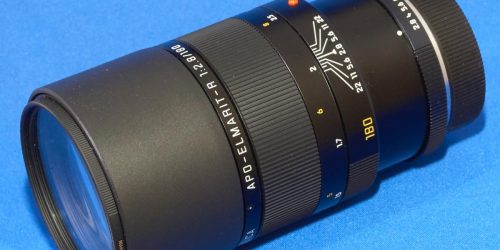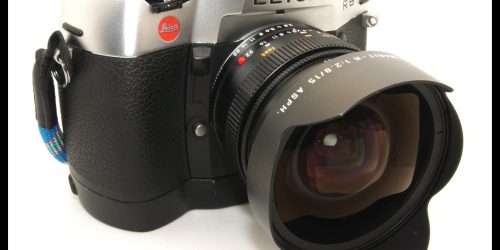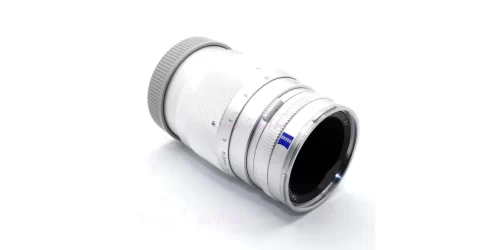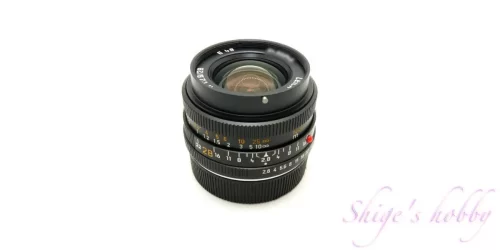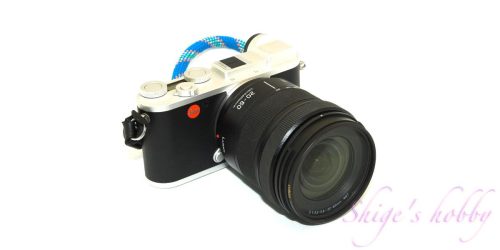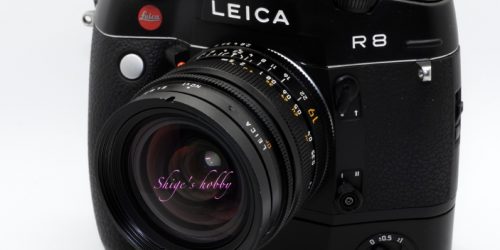LEICA Macro Elmarit 60mm
Review and Photo example of the Macro Elmarit 60mm F2.8.
Table of contents
Gallery
- Sample photo taken with the CANON EOS-1DsMKIII and HASSELBLAD X2D.
Review
Macro Elmarito 60mm is a half-macro lens released in 1970 with a maximum magnification of 1:2 (0.27m). In order to obtain the same magnification (1:1), it is necessary to use an extension tube for close-up photography.
There are several types of extension tubes, including Macro Elmarito 60mm exclusive, Macro Elmar 100mm exclusive, 3CAM general purpose, and general purpose with ROM terminal.
If you use the Macro Elmarito 60mm extension tube, you can perform the aperture operation from the extension tube. The Macro Elmar 100mm model is mechanically the same except that the aperture memory starts at F4, so it can be used. Care must be taken when installing the extension tube, and the aperture value on the lens side must be set to F22.
The model I have produces soft and stable images even when the aperture is wide open, and both the foreground and background blurs are gentle and gradual, and even when backlit, there are no suspicious ghosts, so I use it for close-up shots of flowers, etc.
With a macro lens, it is better to focus manually than with AF, so the intention of the shot becomes clearer, so it is better to have a lens with a firm MF lens extension, so if the lens you own is smooth but a little heavy, Helicoid has a pleasant feel that is completely different from the manual focus operation of modern AF lenses.
I used to own a later model with ROM that had a filter diameter of E55 and no hood setting, but I didn’t like the rendering and sold it, so now I own an early model of 3CAM with a separate hood.
In particular, the early model is recommended as an entry-level macro lens, as second-hand prices are low.
The separately attached hood has a rotating screw for the PL filter and is elaborately made, just like the old hoods of Elmarit24, Summicorn35, and 50. A Series 7 filter can be inserted inside the hood, and although the hood is short and shallow, when attached, the lens becomes more intimidating.
It is said that the lens configuration and performance are the same between the early and late models.
This lens has a wide image circle, and in the 35mm format, the center is used, so only the part that looks good is used. When used with the HASSELBLAD X2D’s 44mm x 33mm sensor, a 3:2 crop will give you a 100% usable image. In the case of the original 4:3, there is a slight dimming in the four corners.
There are four types of macro lenses that can be used with the Leica R mount: the 65mm from the Visoflex era, the 60mm of this lens, and two medium telephoto 100mm macro lenses: Elmar and Apo Macro Elmarito.
Leica’s M series of rangefinder cameras, which are the mainstay of Leica cameras, are not good at macro photography, so they tried to cover macro photography with the R mount, which is a single-lens reflex camera, which is probably why they created such a complete lineup.
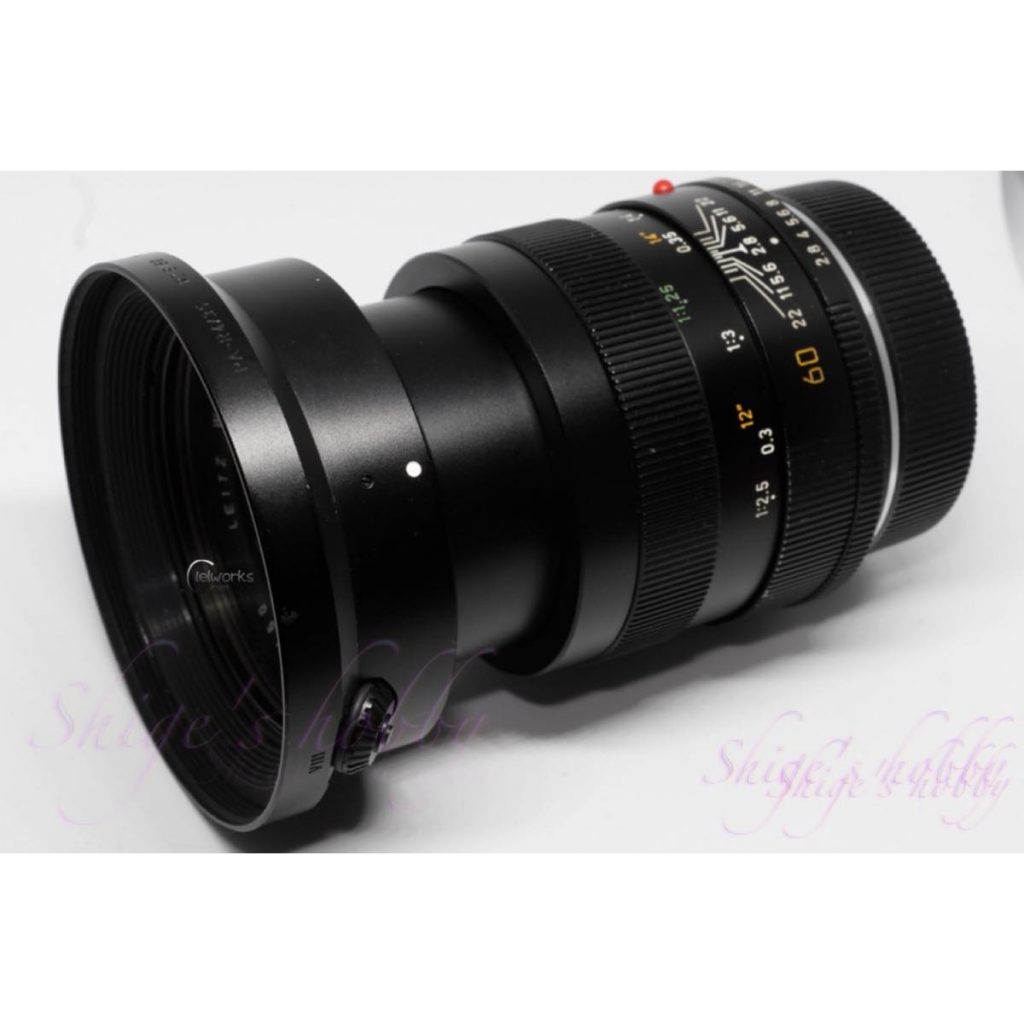
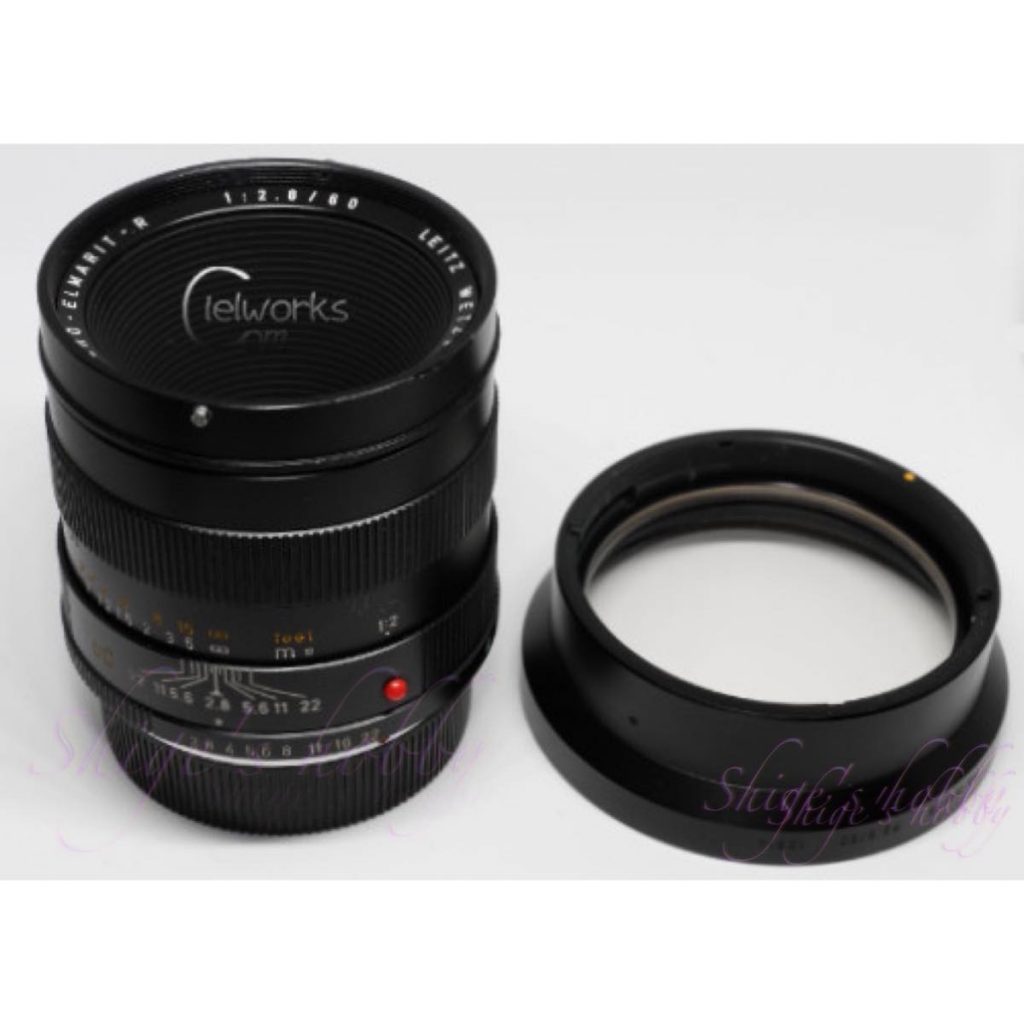
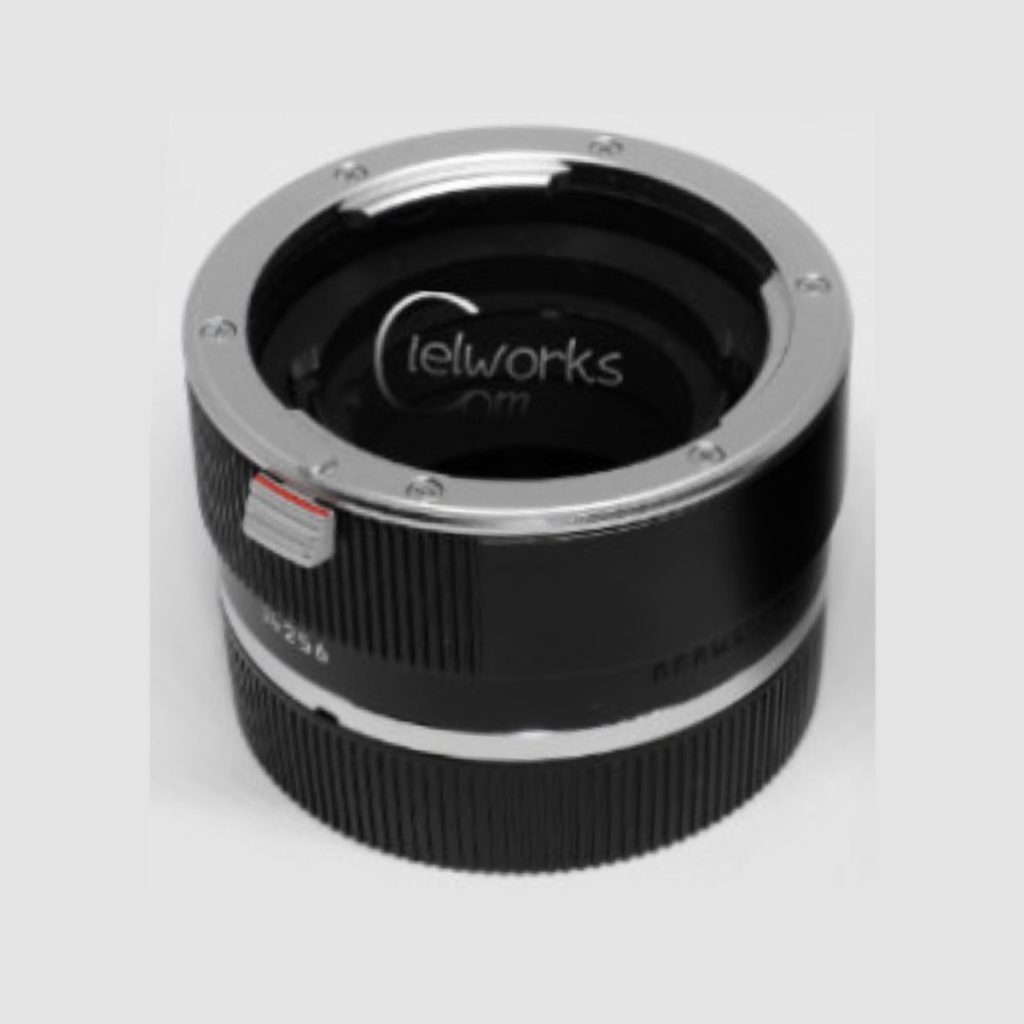
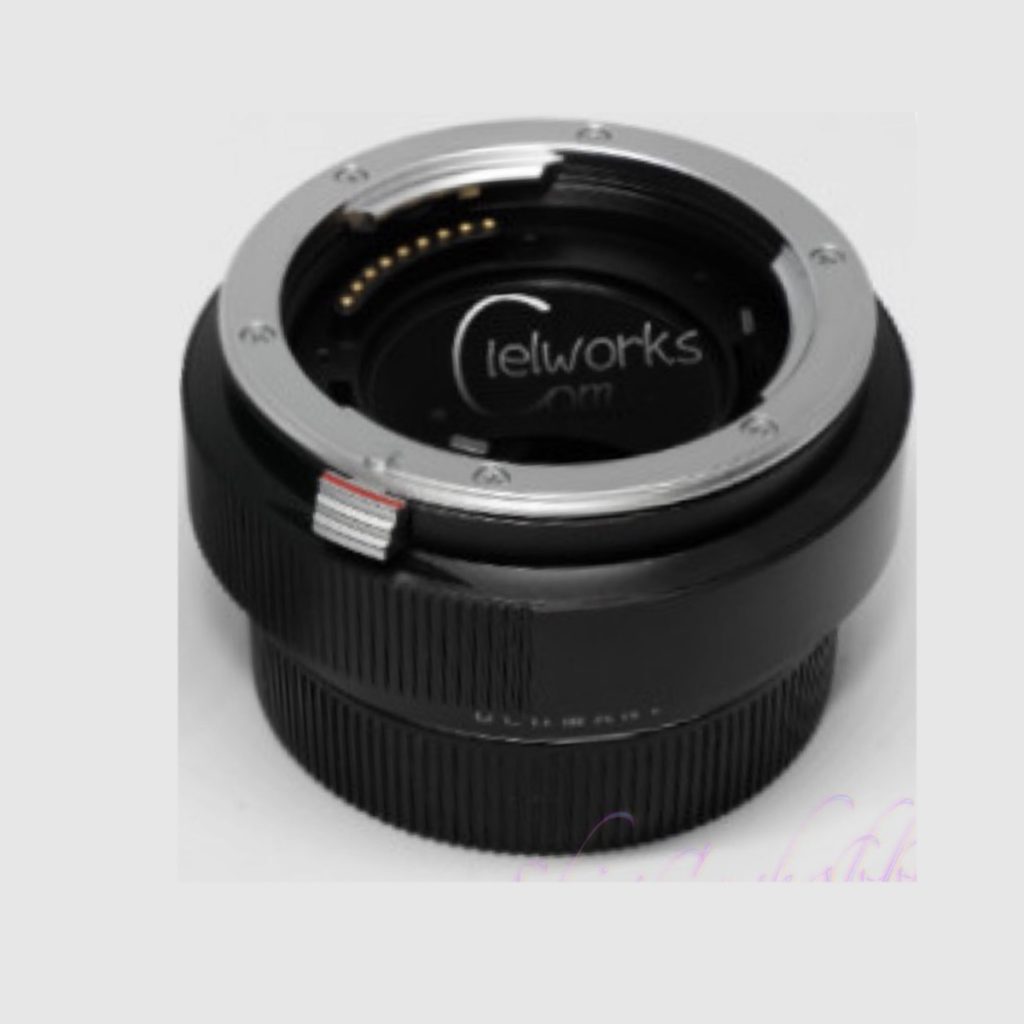
Specification
| Item | Value | note |
| focal length(mm) | 60 | |
| Maximum aperture | 2.8 | |
| Minimum aperture | 22 | |
| Lens configuration | 5groups 6elements | |
| Minimum distance(m) | 0.27 | |
| Lens length(mm) | 62.3 | |
| Lens max diameter(mm) | 67.5 | |
| Filter diameter(mm) | Early type = Series 7, Late type = 55 mm | |
| Weight(g) | 390 |
Reference links
Update history
- 2024.02.29
- 2023.03.17
Affiliate links
- Some external links are advertisements and clicking them may generate income for the site administrator.
